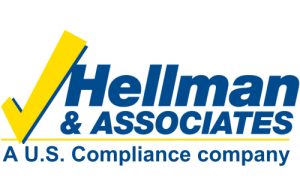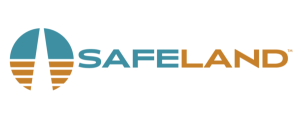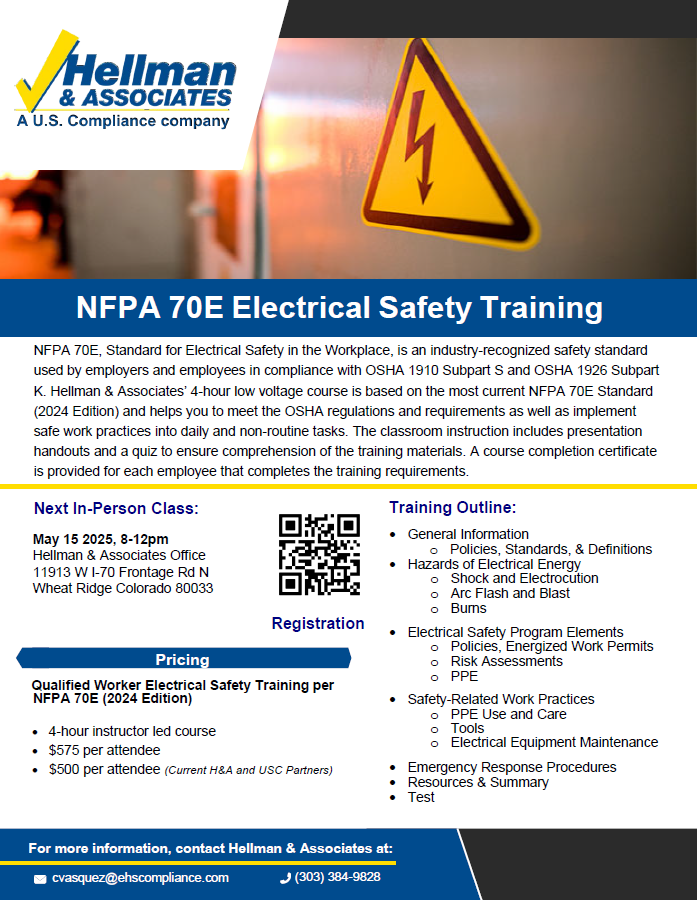Protecting Your Business and the Planet: How Environmental Compliance Can Give You Peace of Mind
Let’s be honest—keeping up with environmental regulations can feel overwhelming. With rules coming from federal, state, and local agencies, it’s easy to feel like you’re always one step behind. But here’s the good news: you don’t have to manage it all on your own.
At Hellman & Associates, we created the Environmental Fundamentals program to take that burden off your shoulders. This isn’t just a checklist or a once-a-year review. It’s a complete management system that helps you understand your responsibilities, take the right actions, and stay ahead of environmental requirements.
If you’ve ever worried about fines, inspections, or whether your business is doing enough to meet environmental standards, this program is for you.
Why Environmental Compliance Matters
No one wants to receive a surprise visit from the EPA or get hit with a hefty fine. But more than that, businesses today are being held to a higher standard. Customers, investors, and employees all expect companies to operate responsibly.
Environmental laws like the Clean Water Act, Clean Air Act, and the Resource Conservation and Recovery Act (RCRA) aren’t optional. Falling out of compliance, even unintentionally, can have serious consequences. Think thousands of dollars in penalties, operational delays, or even damage to your reputation.
That’s why a proactive approach isn’t just smart—it’s essential.
What the Environmental Fundamentals Program Offers
Our Environmental Fundamentals program was designed to make compliance manageable, effective, and continuous. We break it down into four clear steps:
- Facility Gap Assessment
First, we take a close look at your operations and identify where you might be falling short. - Initial Compliance Assistance
We help you correct those gaps so you’re not vulnerable to enforcement or penalties. - Environmental Fundamentals Implementation
Together, we put systems in place to monitor compliance and manage your obligations going forward. - Ongoing Support
You’re never left to figure things out alone. We continue to support your business with training, updates, and expert guidance.
This way, you’re not just checking boxes. You’re building a foundation for long-term environmental responsibility.
What’s Included?
Environmental compliance can cover a lot of ground, and our program is built to handle it all. Here are just some of the areas we’ll help you manage:
- Air Quality
We assist with permits, emissions reporting, and documentation for things like greenhouse gases and ozone-depleting substances. - Water Quality
From industrial discharge permits to stormwater pollution prevention plans, we help you keep your water practices clean and compliant. - Hazardous Waste
We guide you through everything from waste handling and reporting to RCRA training and spill prevention. - Storage and Emergency Plans
We make sure your bulk storage tanks and contingency plans are up to date and ready to protect your people and property. - Regulatory Reporting
Need help with Tier II or TRI reporting? We’ve got it covered, along with pollution prevention plans and hazardous material business plans.
This isn’t a one-size-fits-all solution. Every facility has different needs, and we tailor our approach to match your operations and your industry.
Real Benefits for Your Business
Working with Hellman & Associates on your environmental program doesn’t just keep you compliant. It brings real, tangible benefits to your business:
- Peace of Mind
You can stop worrying about whether you’re doing enough. We’re tracking it, managing it, and staying on top of changes so you don’t have to. - Cost Savings
Avoiding fines and improving operational efficiency can save your company thousands of dollars. - Better Reputation
Customers and partners notice when companies care about the environment. Being proactive sends a powerful message. - Personal Support
You’ll have access to a dedicated team of professionals who are just a phone call or email away whenever you need help.
Let’s Build a Safer, Cleaner Future—Together
Environmental responsibility isn’t just about avoiding penalties. It’s about building a business that’s resilient, respected, and aligned with the values of the communities you serve.
If you’re ready to take the next step toward stronger environmental practices, we’re here to help. The Environmental Fundamentals program is designed to make your life easier and your business stronger.



